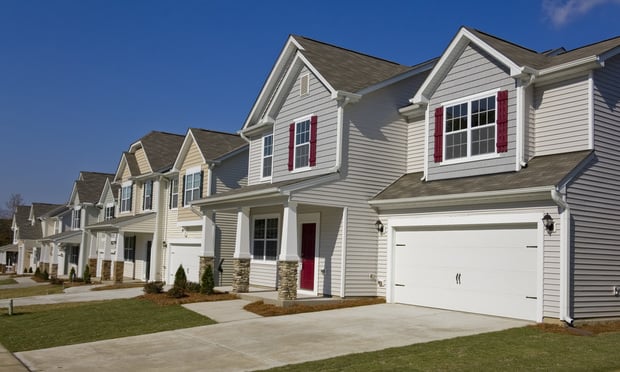Never before have those of us in commercial real estate been the most interesting people in the room. Never before has office space been so centrally relevant to a worldwide health and economic crisis. Will companies need offices in the future? (Yes). Will the office of the future look completely different? (Just a little). Will companies significantly downsize, leaving offices vacant all over the world in favor of working from home? (No). And one of the most popular questions right now, what does this mean for the future of co-working?
Co-working v1.0 began with the shared office suite model, filled with long hallways and a multitude of doors to single private offices, similar to a creepy Halloween fun house. When the real estate market began to recover from the last economic downturn and FAANG (Facebook, Amazon, Apple, Netflix, Google) was born, these growing technology companies needed to solve for flexibility in office space, but not the way it looked in v1.0.
You could say co-working v2.0 began when WeWork was founded in 2010 and went on to build a company that was at one point valued at $47 billion dollars (or that is what they told the world) with approximately 850 locations around the world.
Recommended For You
Want to continue reading?
Become a Free ALM Digital Reader.
Once you are an ALM Digital Member, you’ll receive:
- Breaking commercial real estate news and analysis, on-site and via our newsletters and custom alerts
- Educational webcasts, white papers, and ebooks from industry thought leaders
- Critical coverage of the property casualty insurance and financial advisory markets on our other ALM sites, PropertyCasualty360 and ThinkAdvisor
Already have an account? Sign In Now
*May exclude premium content© 2025 ALM Global, LLC, All Rights Reserved. Request academic re-use from www.copyright.com. All other uses, submit a request to [email protected]. For more information visit Asset & Logo Licensing.








